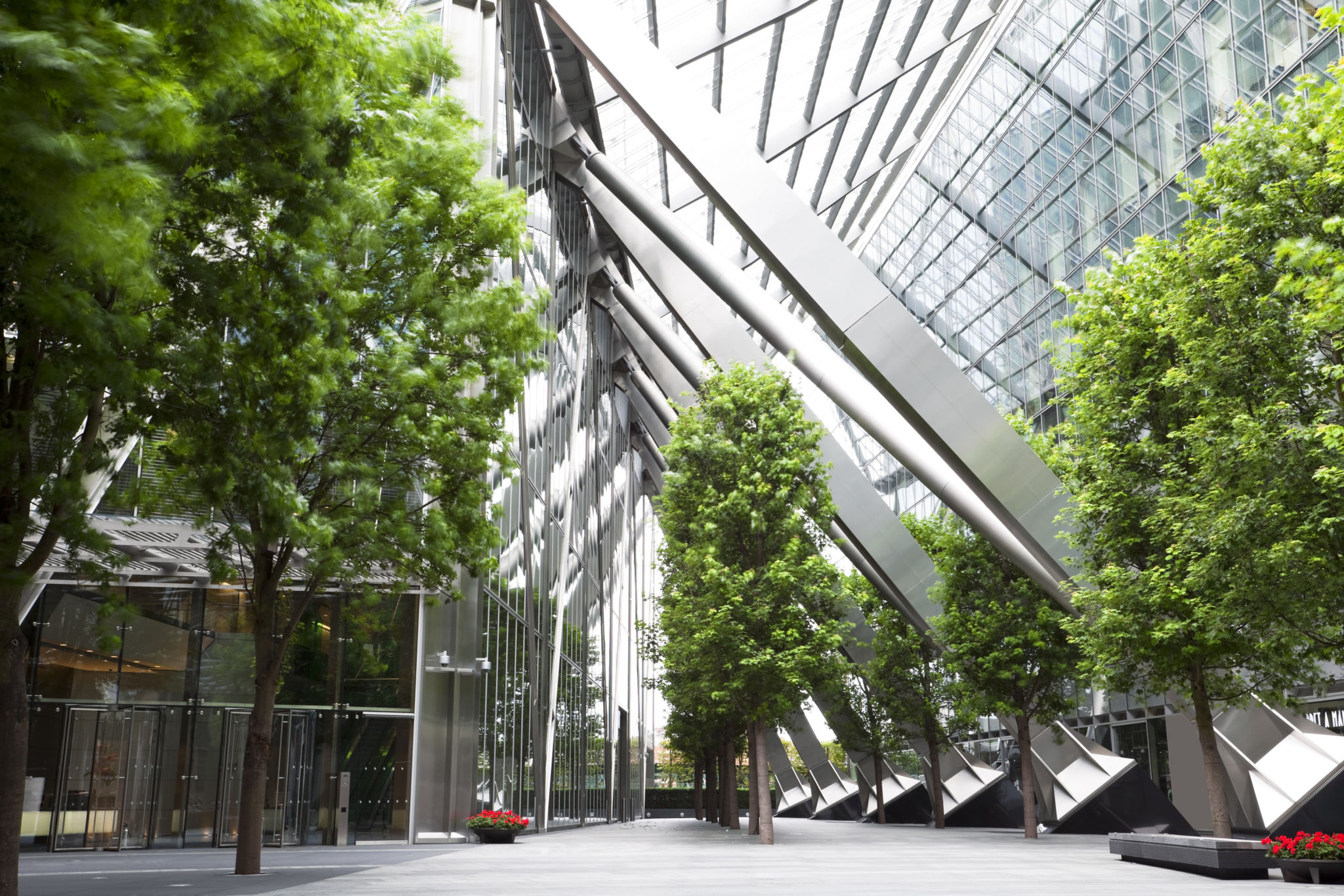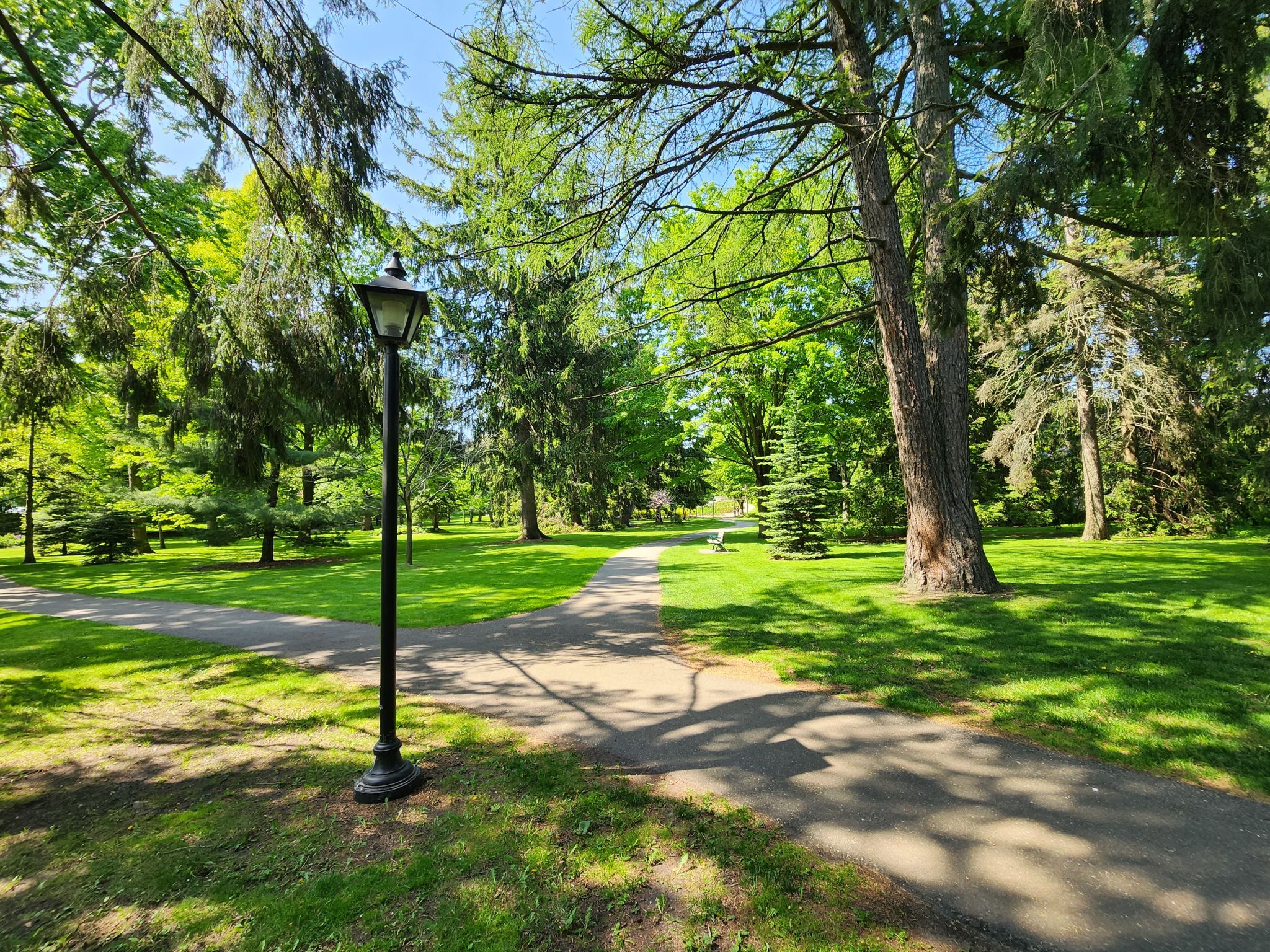Why Advanced Nano Landscaping is Revolutionizing Urban Spaces in the MENA Region
Introduction to Advanced Nano Landscaping
In recent years, the MENA region has seen a remarkable shift in how urban spaces are being designed and maintained. One of the driving forces behind this transformation is the concept of advanced nano landscaping. This cutting-edge approach leverages nanotechnology to create and enhance green spaces with unprecedented precision and efficiency.
Advanced nano landscaping involves the use of nanoscale materials and techniques to manage urban vegetation, improve soil quality, and develop sustainable environments. By incorporating these innovative solutions, cities in the MENA region are not only enhancing their aesthetic appeal but also addressing environmental challenges.

The Science Behind Nano Landscaping
At its core, nano landscaping utilizes nanoparticles to influence plant growth and soil health. These particles can be engineered to deliver nutrients more effectively, regulate water retention, and even protect plants from diseases. By working at the molecular level, nano landscaping offers a level of control that was previously unimaginable.
One of the key advantages of this technology is its ability to optimize resource usage. For instance, nanoparticles can significantly reduce the amount of water needed for irrigation by enhancing soil moisture retention. This is particularly beneficial in arid regions like MENA, where water scarcity is a pressing issue.
The Environmental Benefits
Implementing advanced nano landscaping in urban spaces brings a multitude of environmental benefits. By improving the efficiency of water and nutrient usage, cities can reduce their ecological footprint. Moreover, healthier plants contribute to better air quality by absorbing more carbon dioxide and releasing oxygen.

Transforming Urban Aesthetics
Beyond environmental advantages, nano landscaping also has a profound impact on urban aesthetics. It allows for the creation of lush, vibrant green spaces that enhance the visual appeal of city environments. By using nanoscale technologies, landscape architects can design intricate patterns and features that were previously difficult to achieve.
This transformation not only beautifies urban landscapes but also fosters a sense of community and well-being among residents. Access to green spaces has been shown to improve mental health, reduce stress, and encourage social interaction.
Economic and Social Implications
The adoption of nano landscaping in the MENA region also presents significant economic opportunities. By investing in this technology, cities can attract tourism and boost local economies. Furthermore, the development of green infrastructure creates jobs in sectors like landscaping, maintenance, and research.

Socially, these enhanced urban spaces promote inclusivity and accessibility. Well-maintained parks and gardens become gathering places for diverse communities, encouraging cultural exchange and social cohesion.
Challenges and Future Prospects
Despite its potential, advanced nano landscaping does face several challenges. These include the high costs associated with research and development, as well as concerns about the long-term environmental impact of nanoparticles. However, ongoing advancements in technology and increased investment in sustainable practices are likely to overcome these hurdles.
Looking ahead, the future of urban spaces in the MENA region appears promising. As more cities adopt advanced nano landscaping, we can expect to see healthier environments, revitalized communities, and a harmonious balance between nature and urbanization.